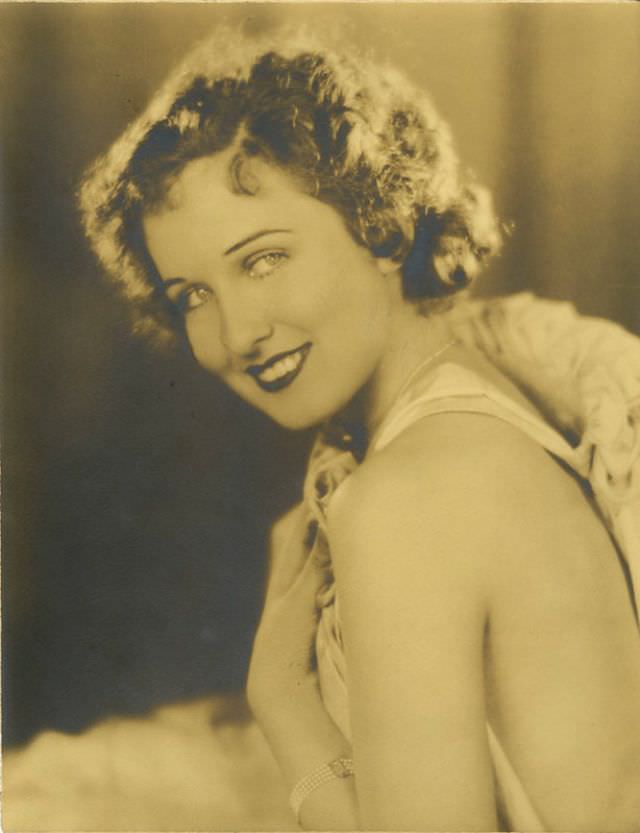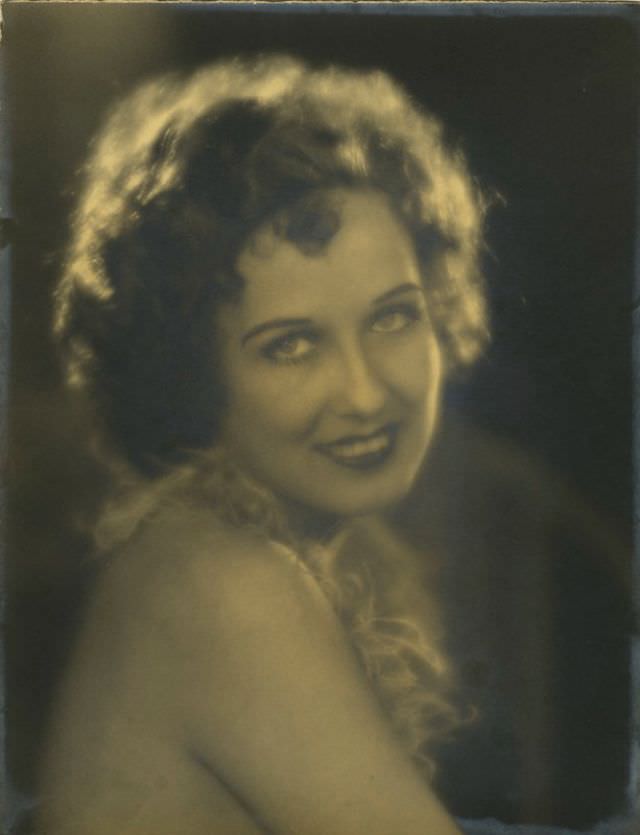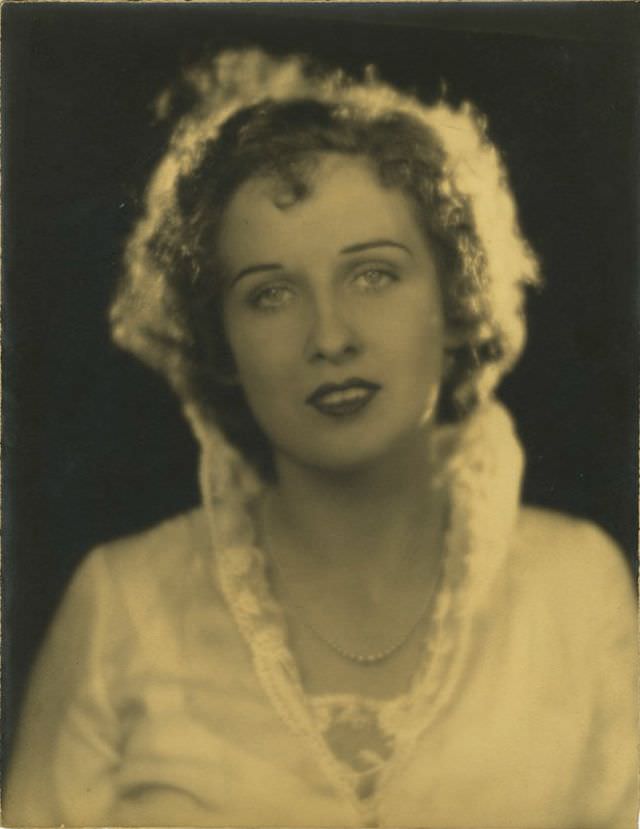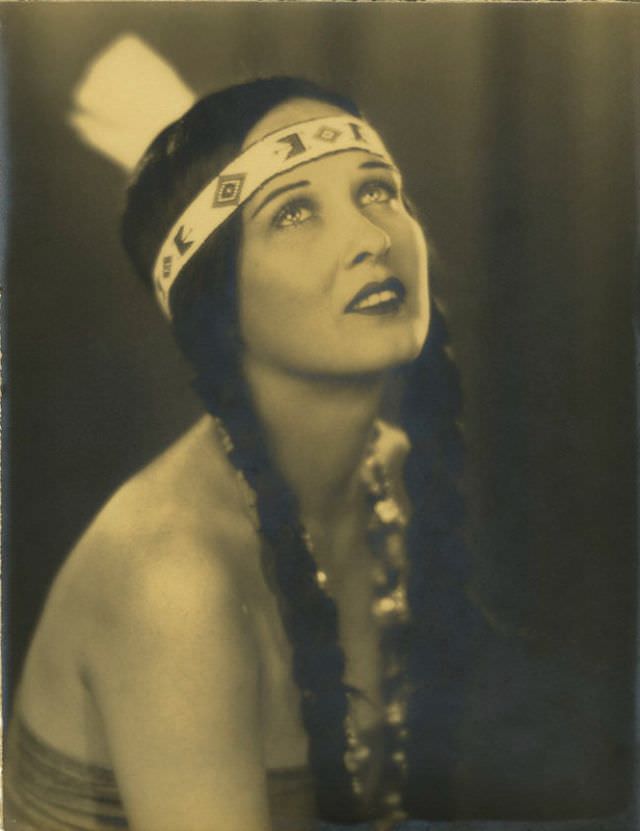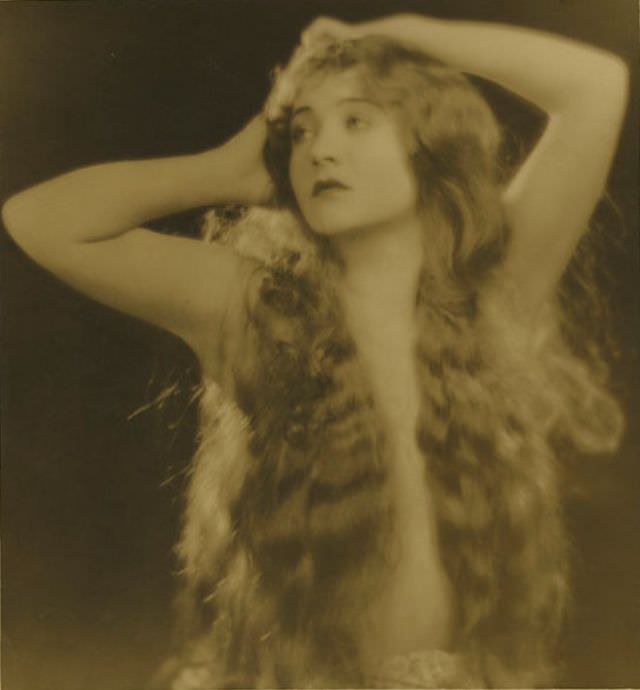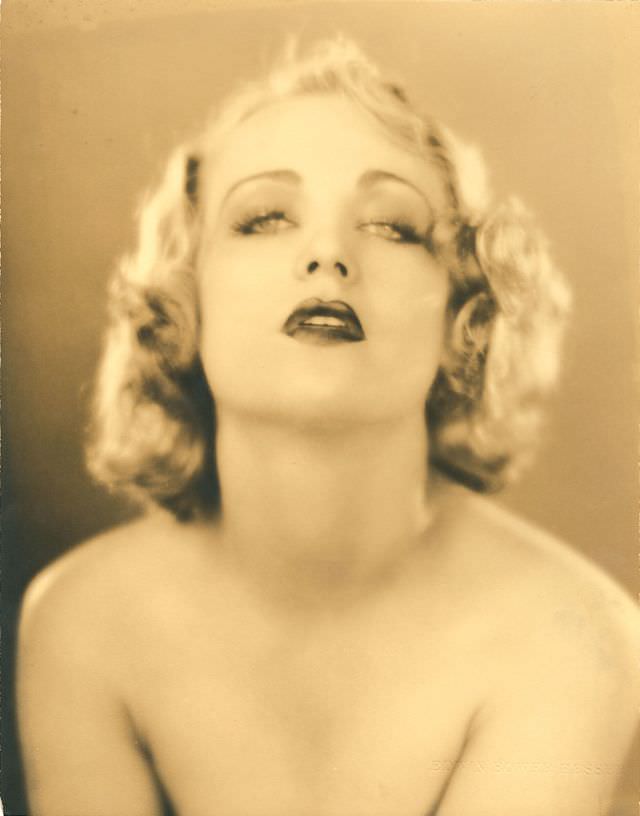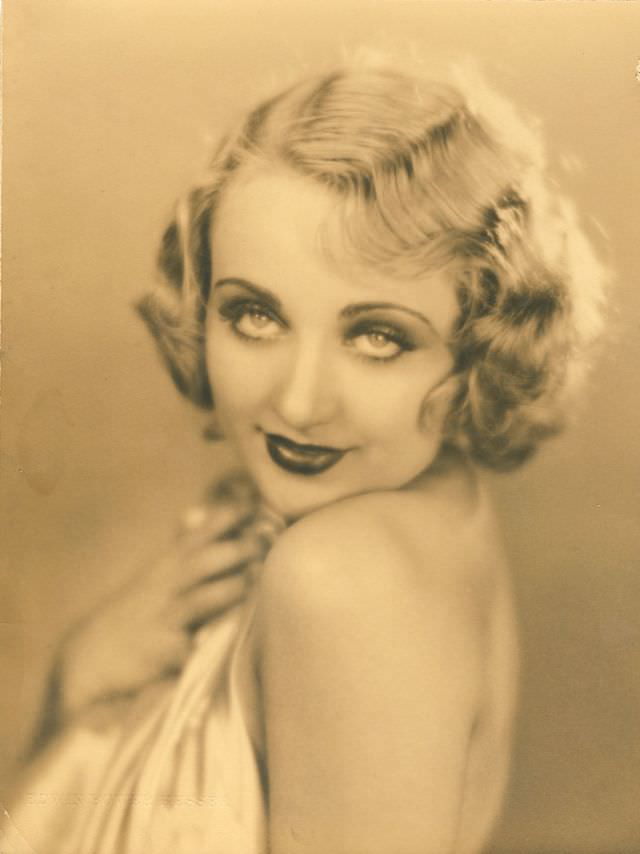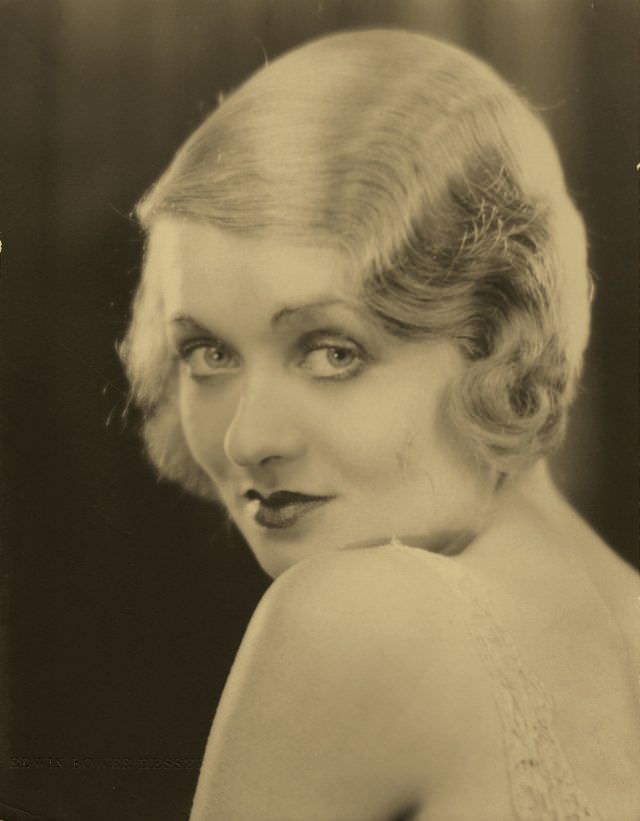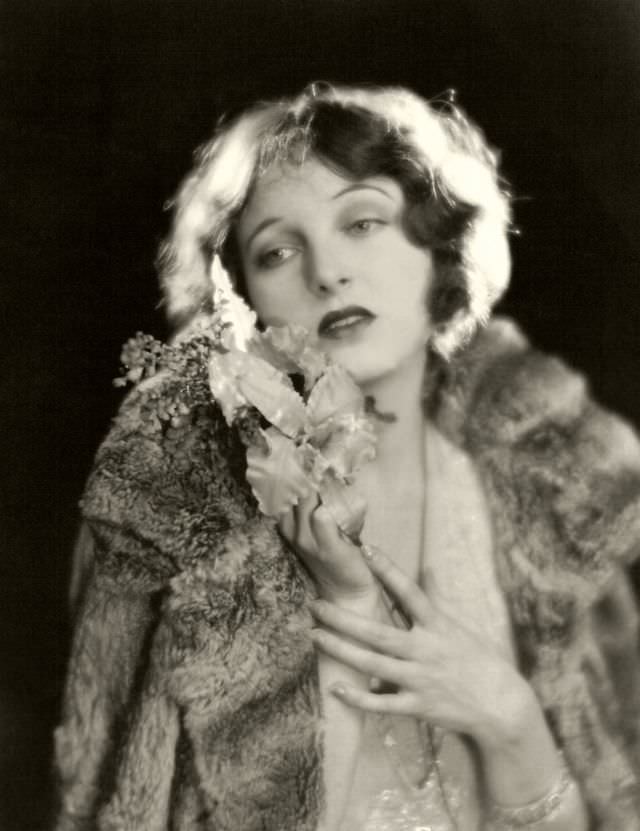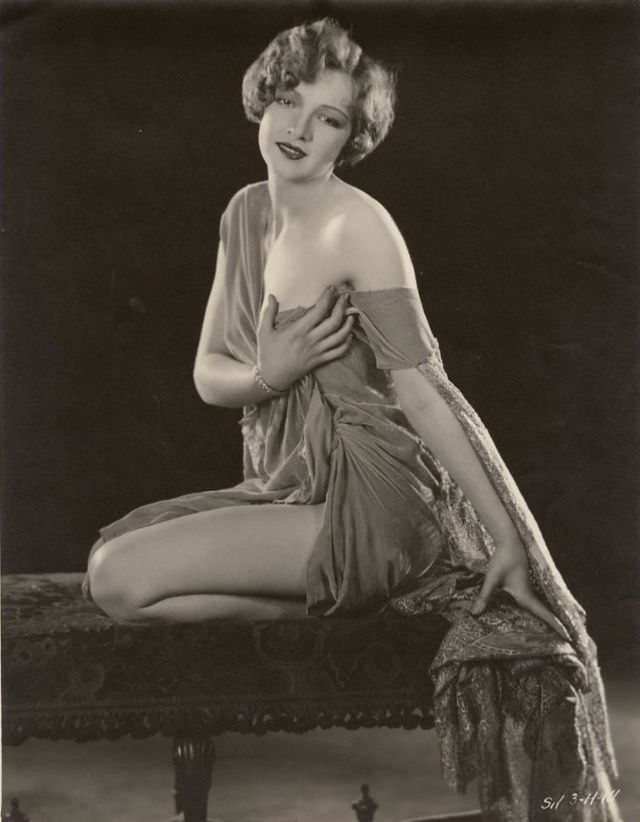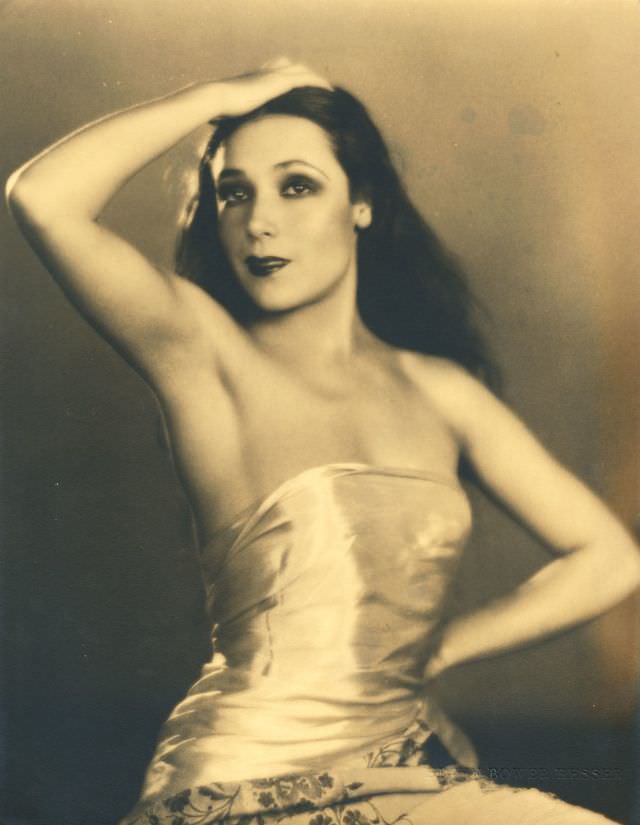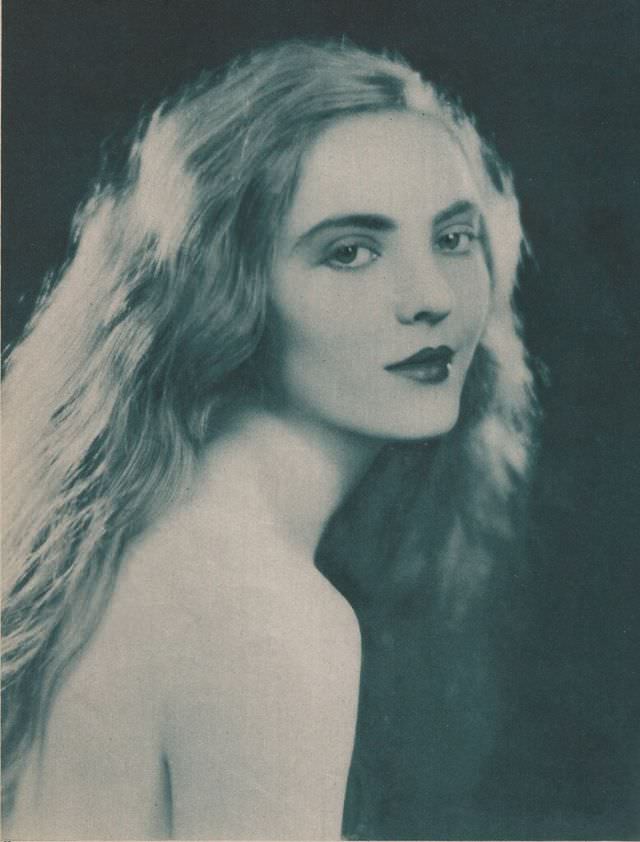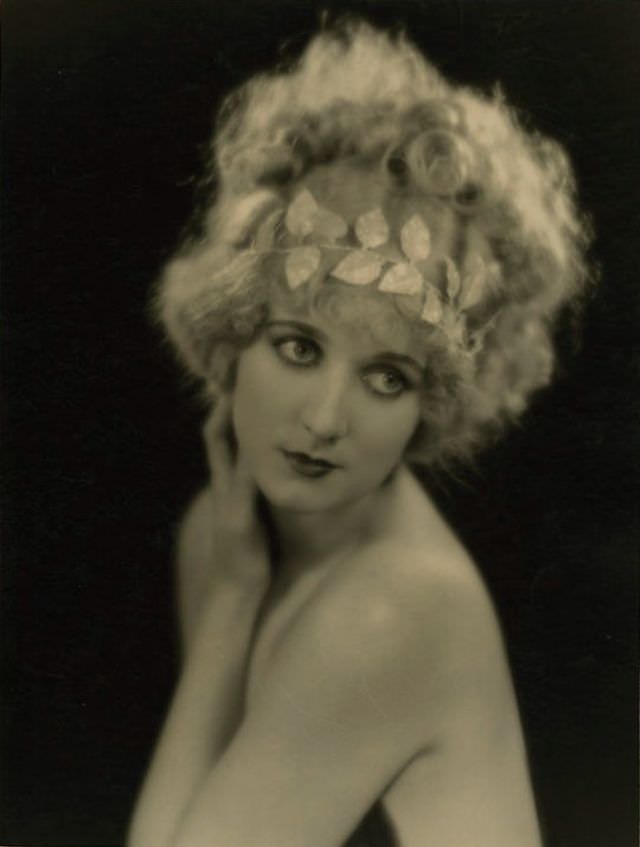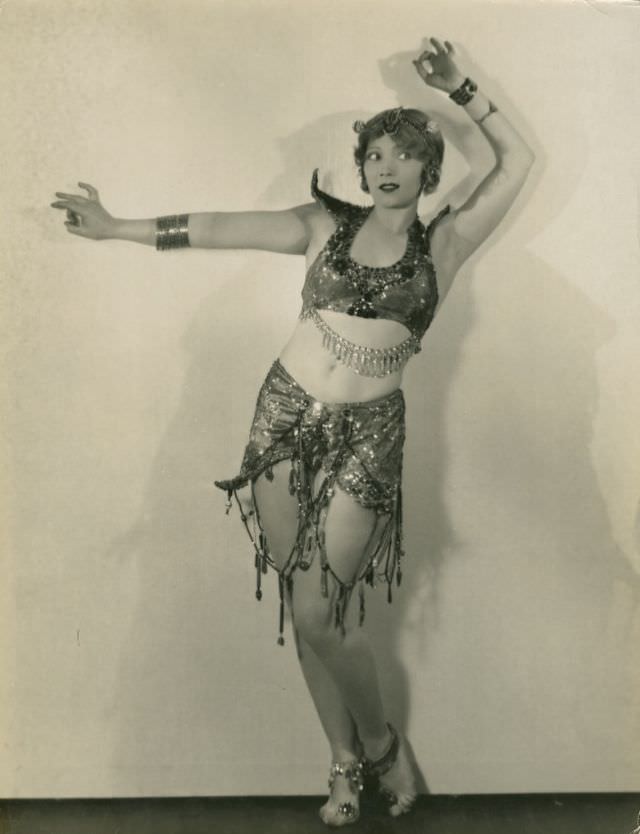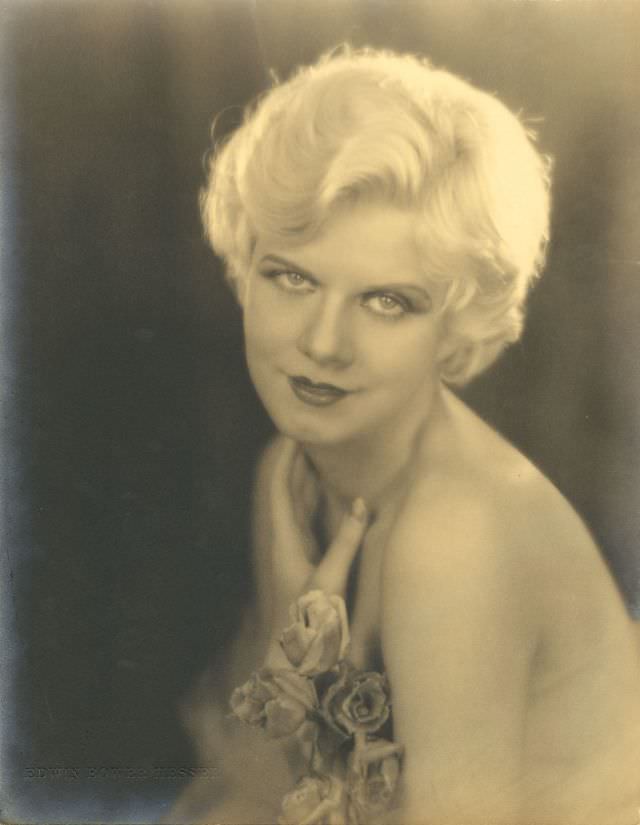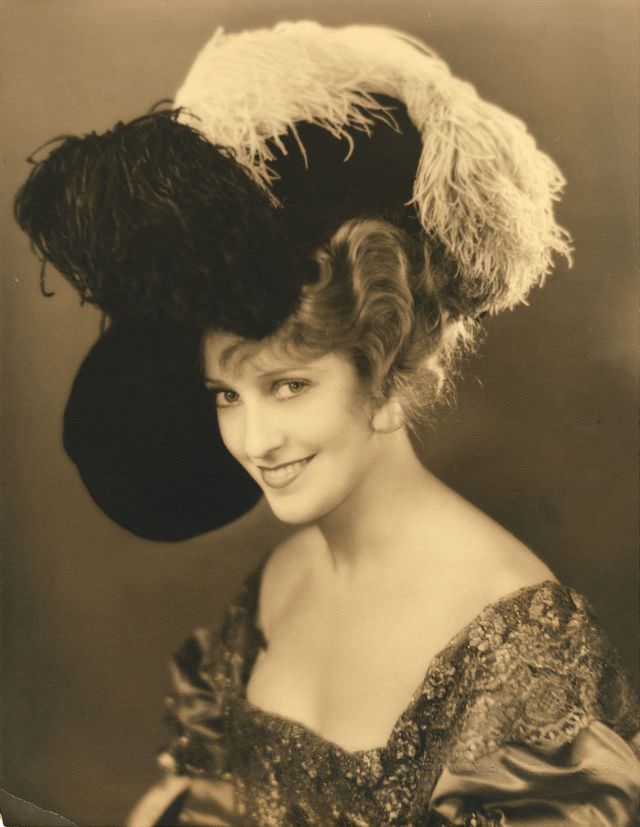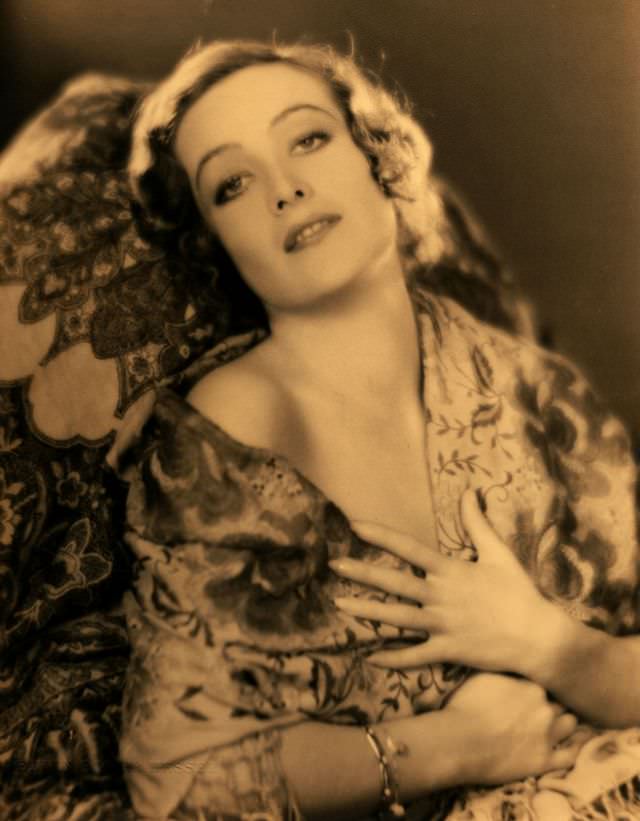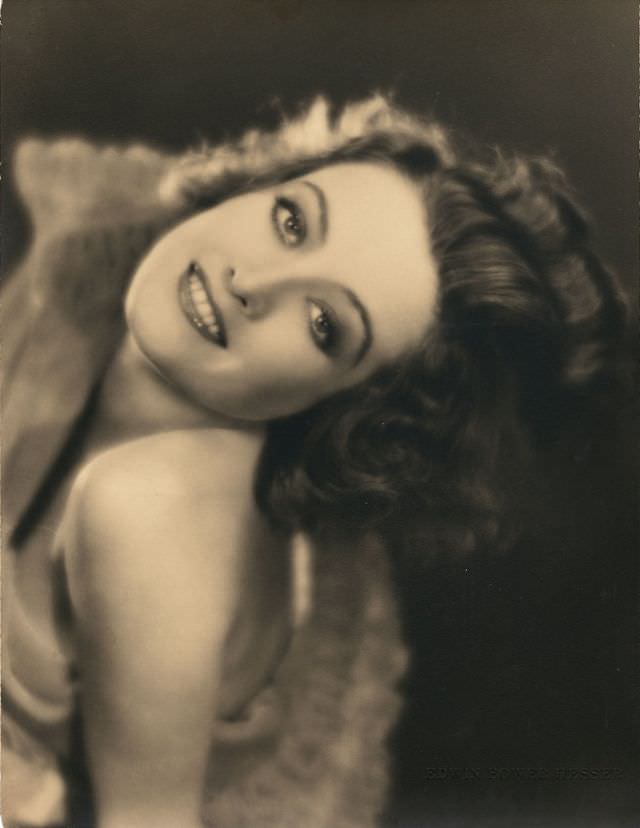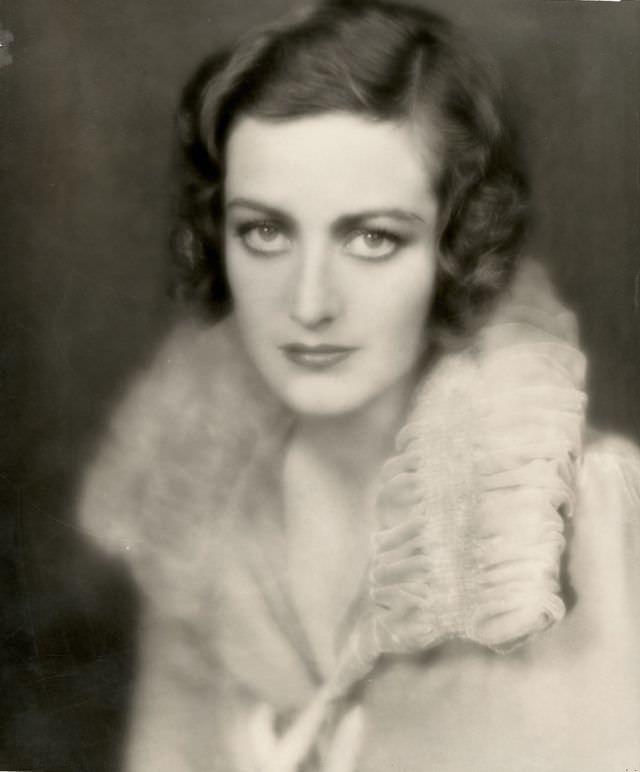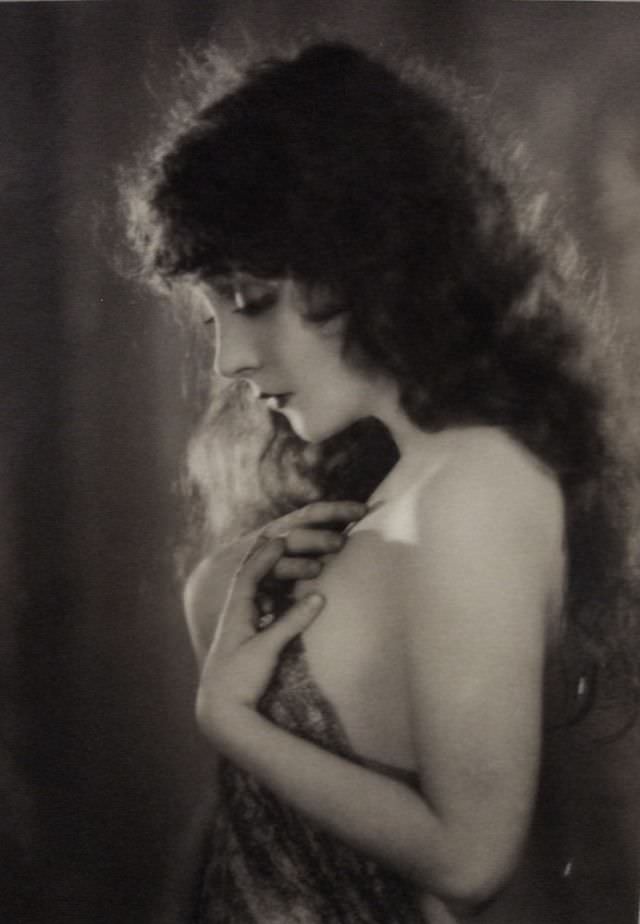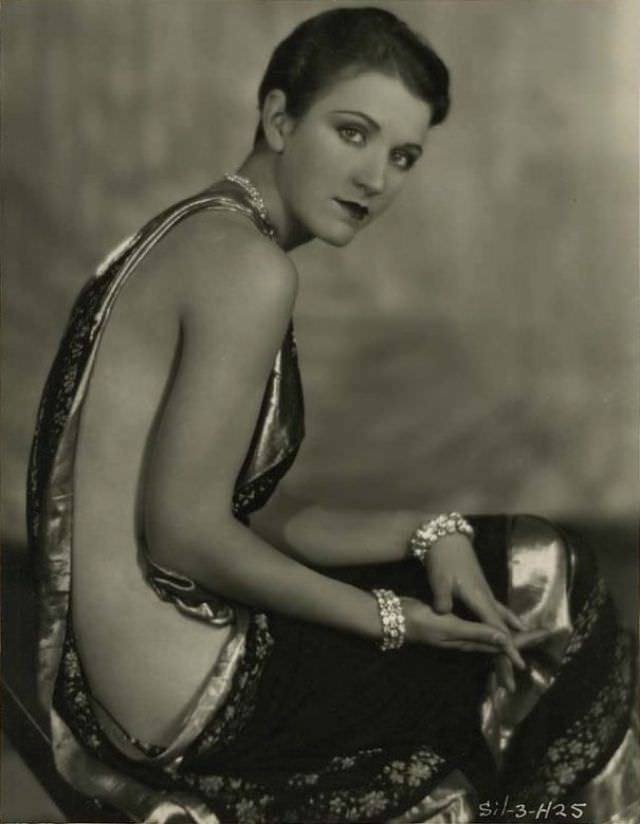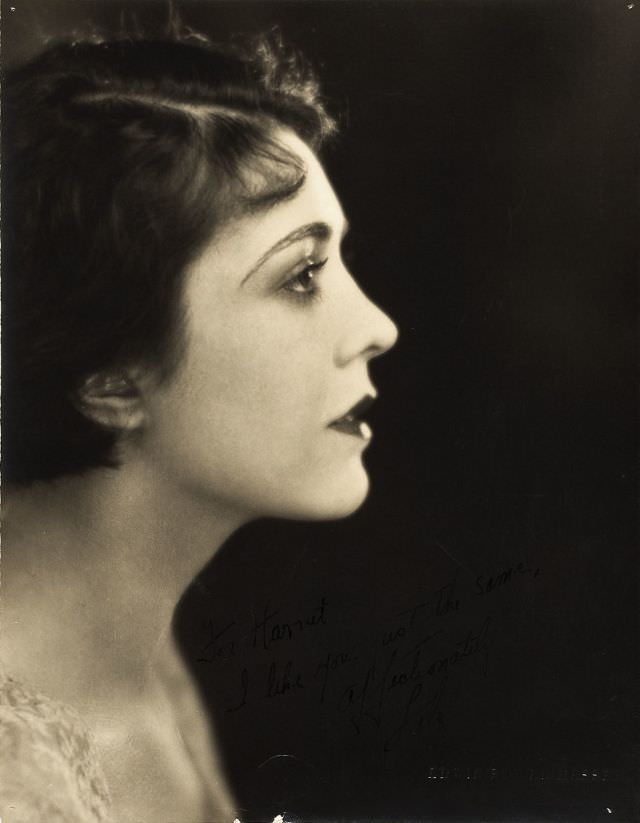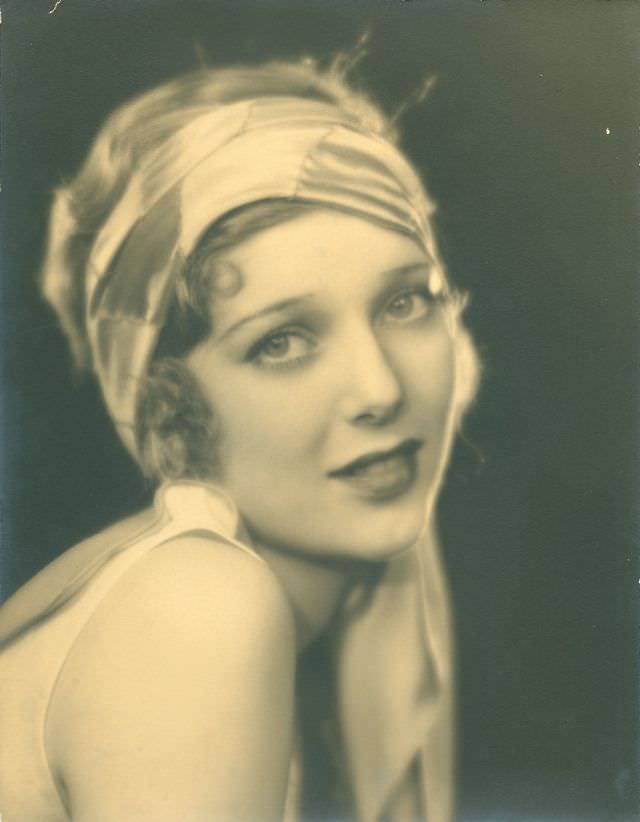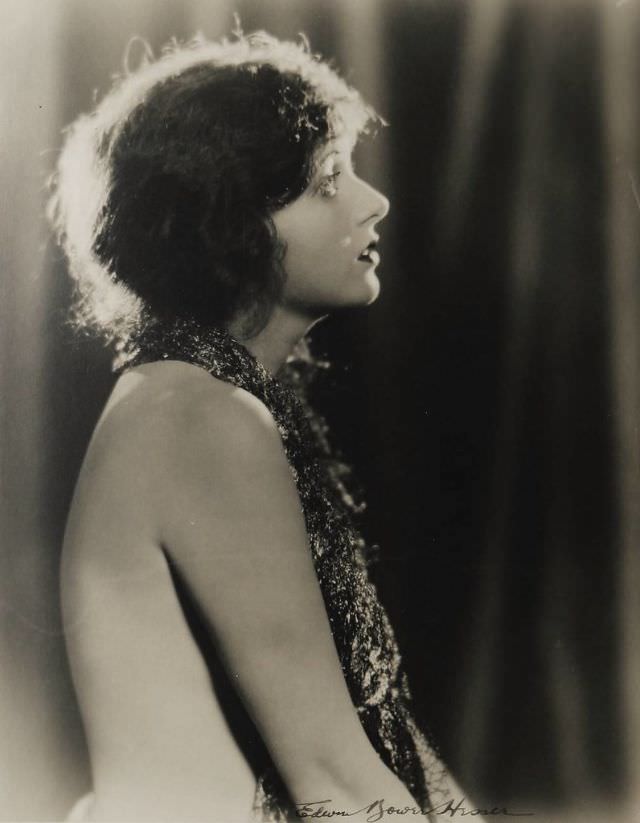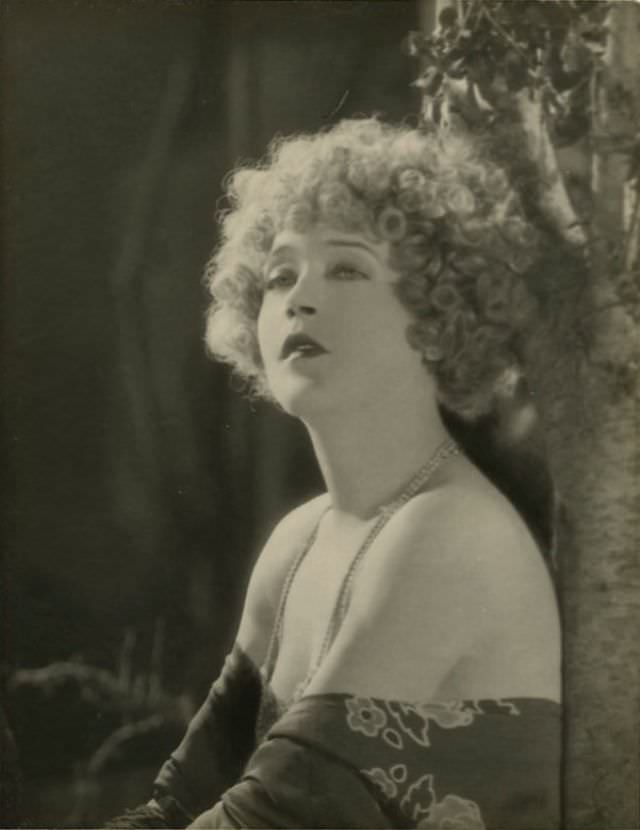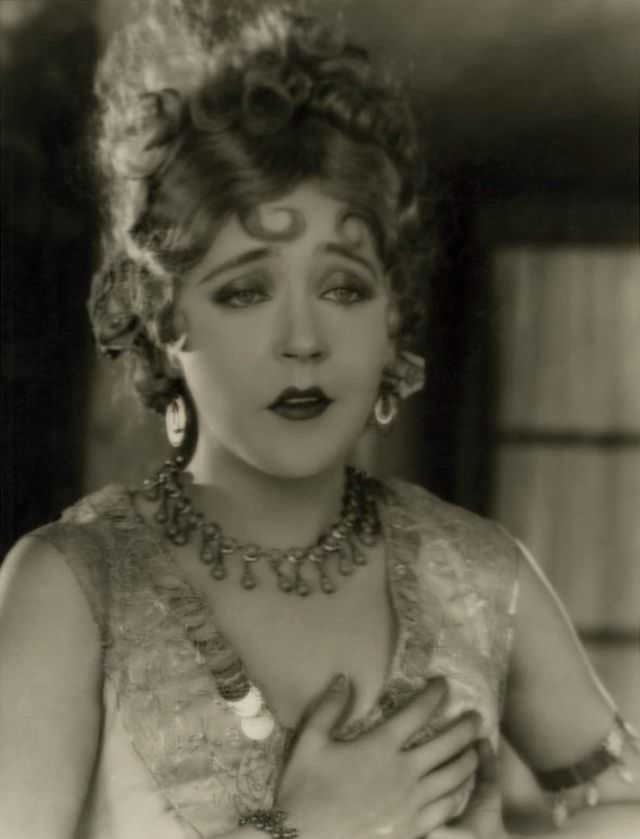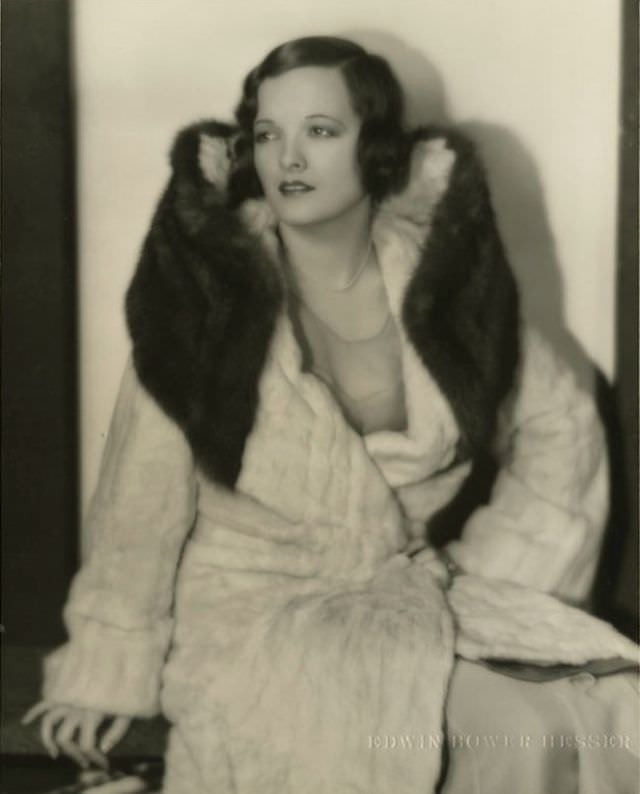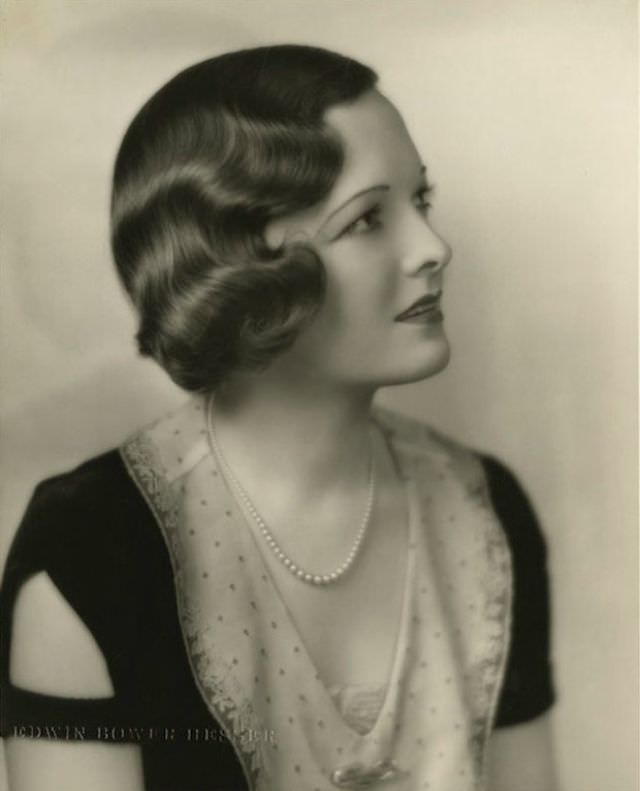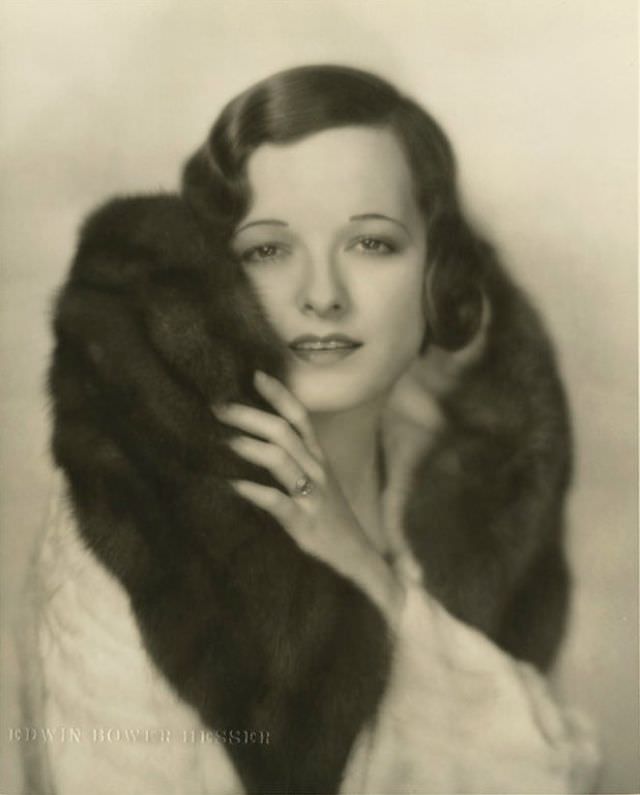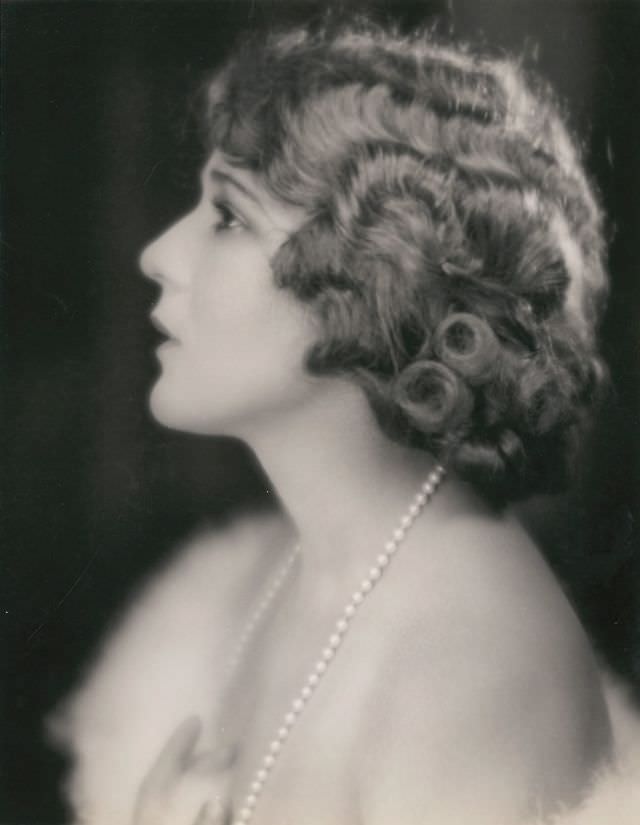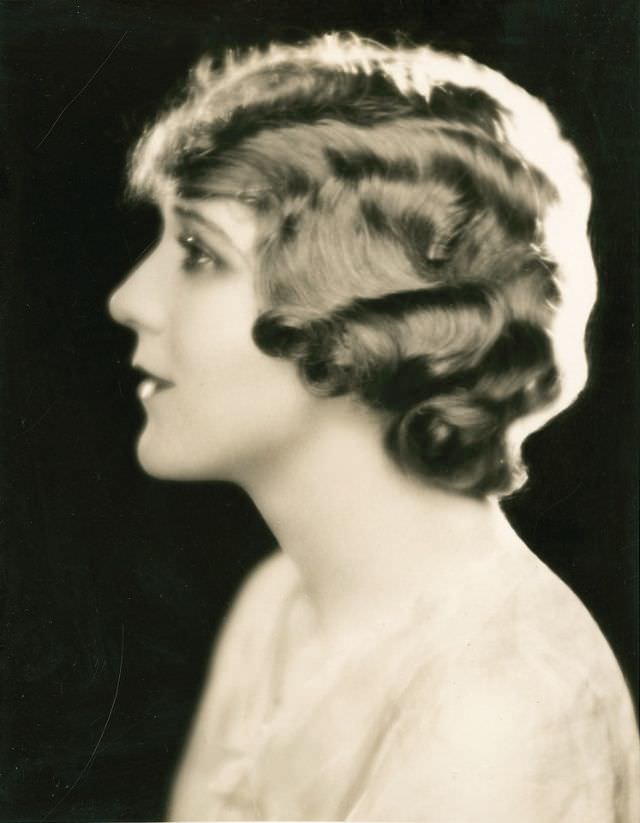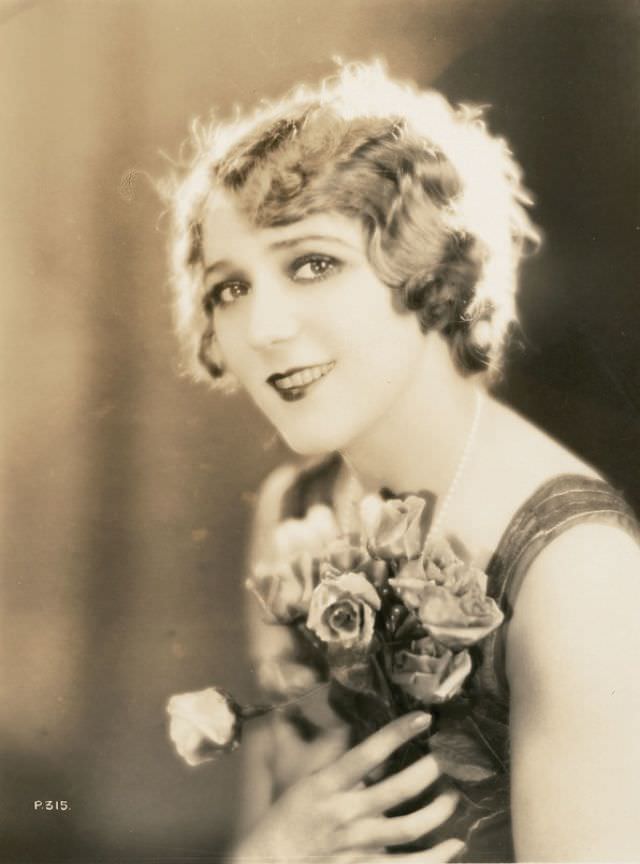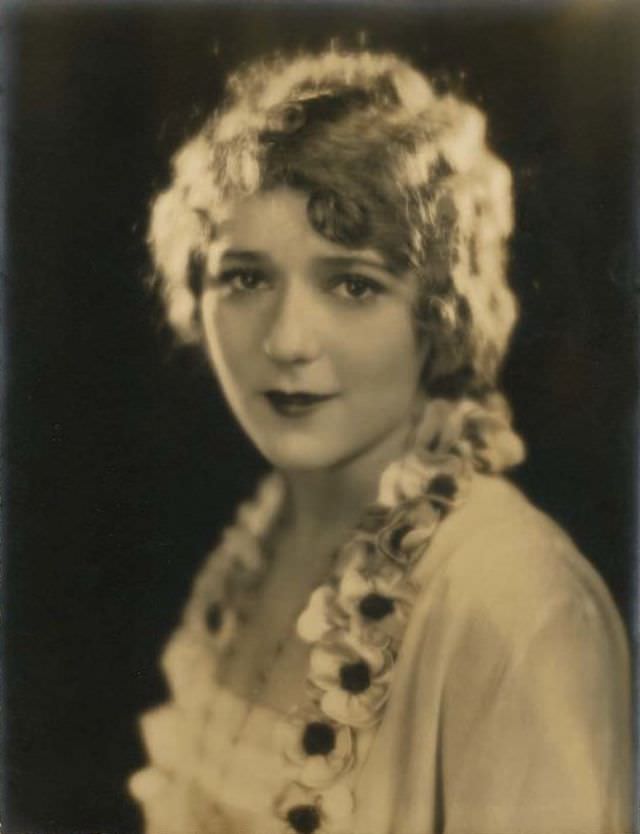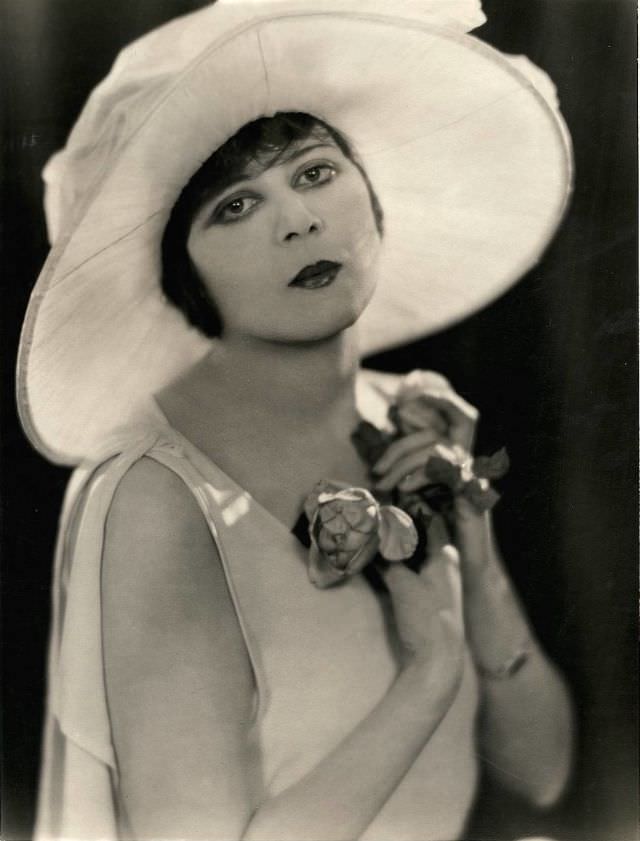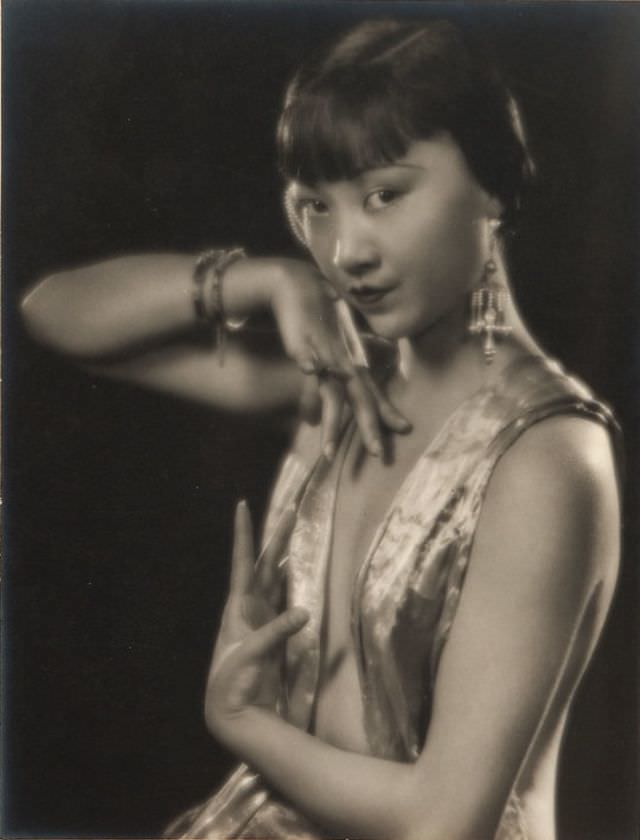Edwin Bower Hesser was a prominent photographer based in New York and Los Angeles. A pioneer of color photography in Hollywood, he developed his system of color photography known as Hessercolor. A theatrical impresario, manager of New York’s first movie palace, screenwriter, actor, director, producer, military officer, and educator, Hesser became a photographer in 1919 primarily because of Johnston’s art. Following in Johnston’s footsteps, Hesser became a visualizer of feminine beauty inspired by his portraits. After opening studios in New York City and Los Angeles, he became Hollywood’s foremost artist and photographer of women in less than three years.
Hesser published a monthly periodical featuring his art studies despite censorship and police harassment. Aside from his formal studies in art and drawing, he mastered photography. As part of Kinemacolor’s marketing approach, he developed a learning experience illustrated with novel photography. Hesser was one of the few portraitists who regularly depicted sitters from the front. Some of his images from the 1920s appear to have a halo or aura due to his use of backlighting. The photos of glamour he captured of movie stars and theatre stars from 1925 to 1930 were enormously influential.
Throughout his career, Hesser explored the chemistry and technology of photography with restless energy. Several types of experiments were recorded in his notebooks for various developers. As a result of his experimentation, many of his prints from the late 1920s show a tendency to yellow, signifying that the silver nitrate was not chemically stabilized in the developing process. Additionally, he experimented with visual effects. During the late 1930s, he developed an interest in William Mortensen’s work with process screens at his Long Beach Studio. He experimented with darkroom techniques that transformed a photographic image to look like an engraving. During World War II, Hesser applied his talent for technological innovation to create an aerial color camera and aircraft insulation. He began to work in the magazine industry as a color photographer using Kodachrome film after the war.
Edwin Hesser captured these gorgeous photos of classic beauties in the 1930s.


